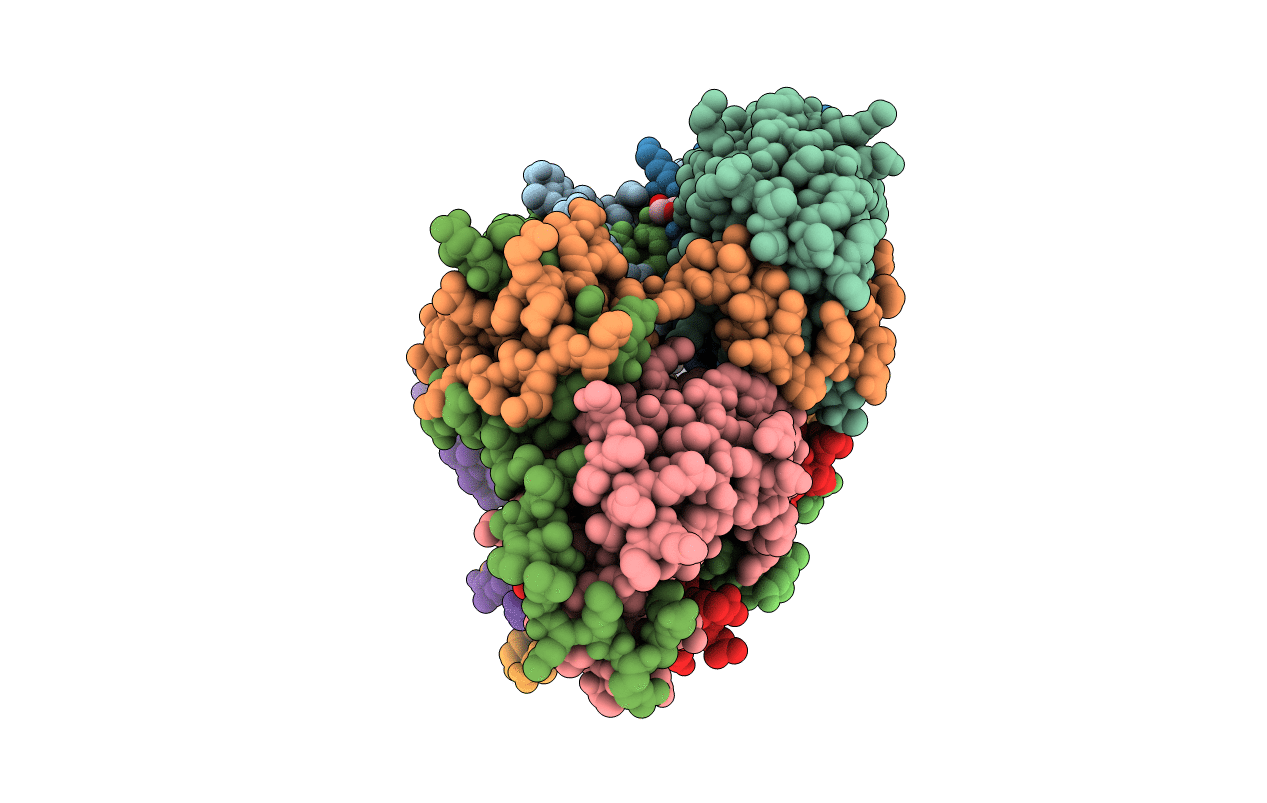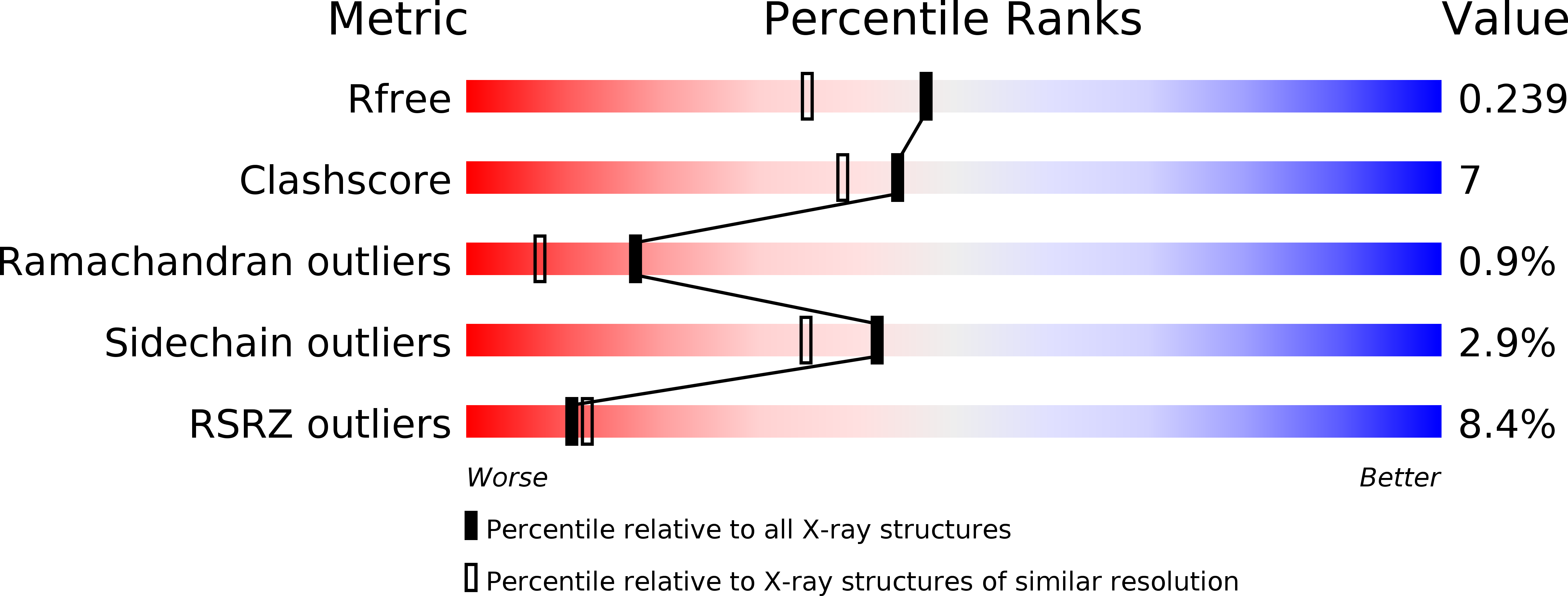
Deposition Date
2016-05-30
Release Date
2016-12-28
Last Version Date
2024-01-10
Entry Detail
PDB ID:
5L6M
Keywords:
Title:
Structure of Caulobacter crescentus VapBC1 (VapB1deltaC:VapC1 form)
Biological Source:
Source Organism:
Host Organism:
Method Details:
Experimental Method:
Resolution:
1.90 Å
R-Value Free:
0.23
R-Value Work:
0.19
R-Value Observed:
0.19
Space Group:
C 1 2 1


